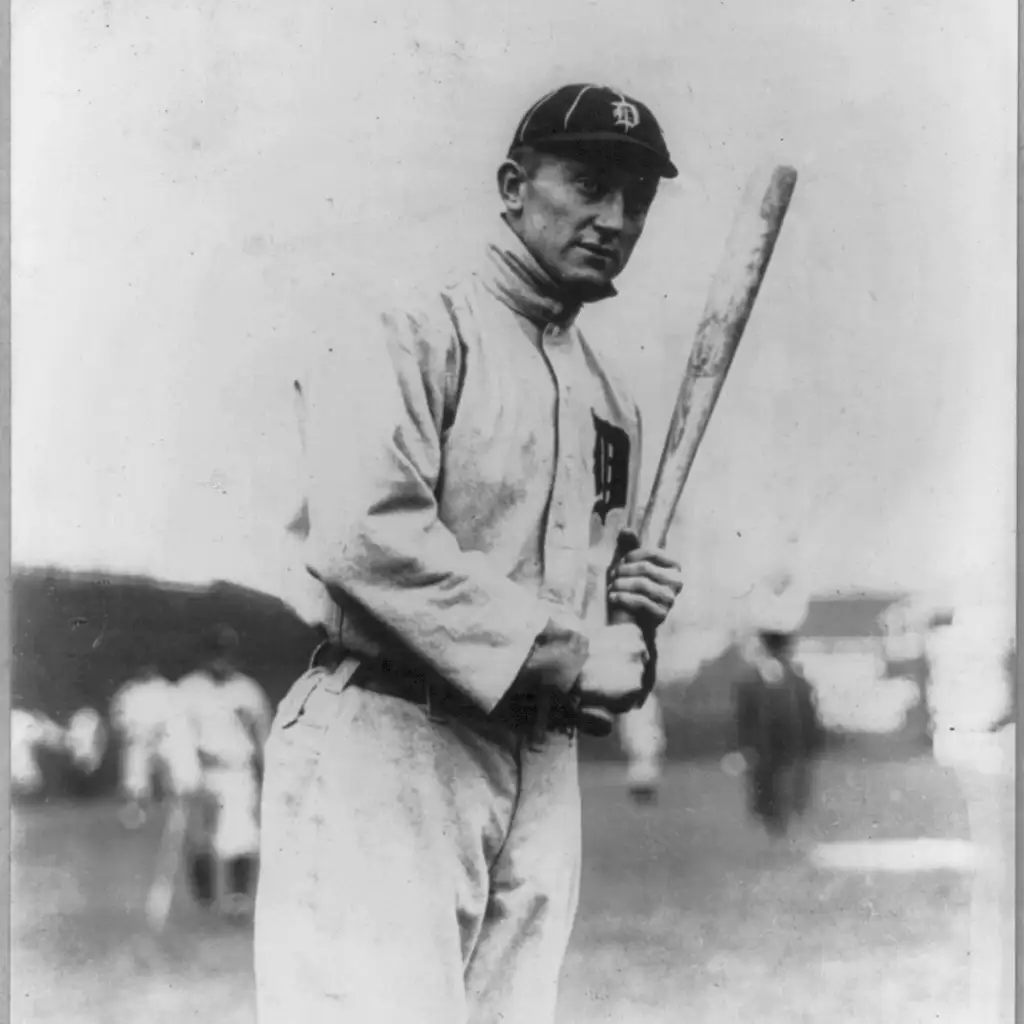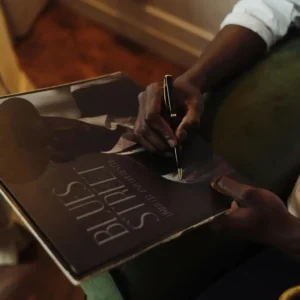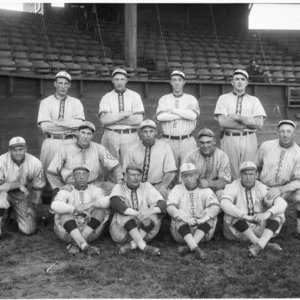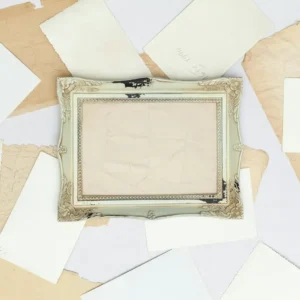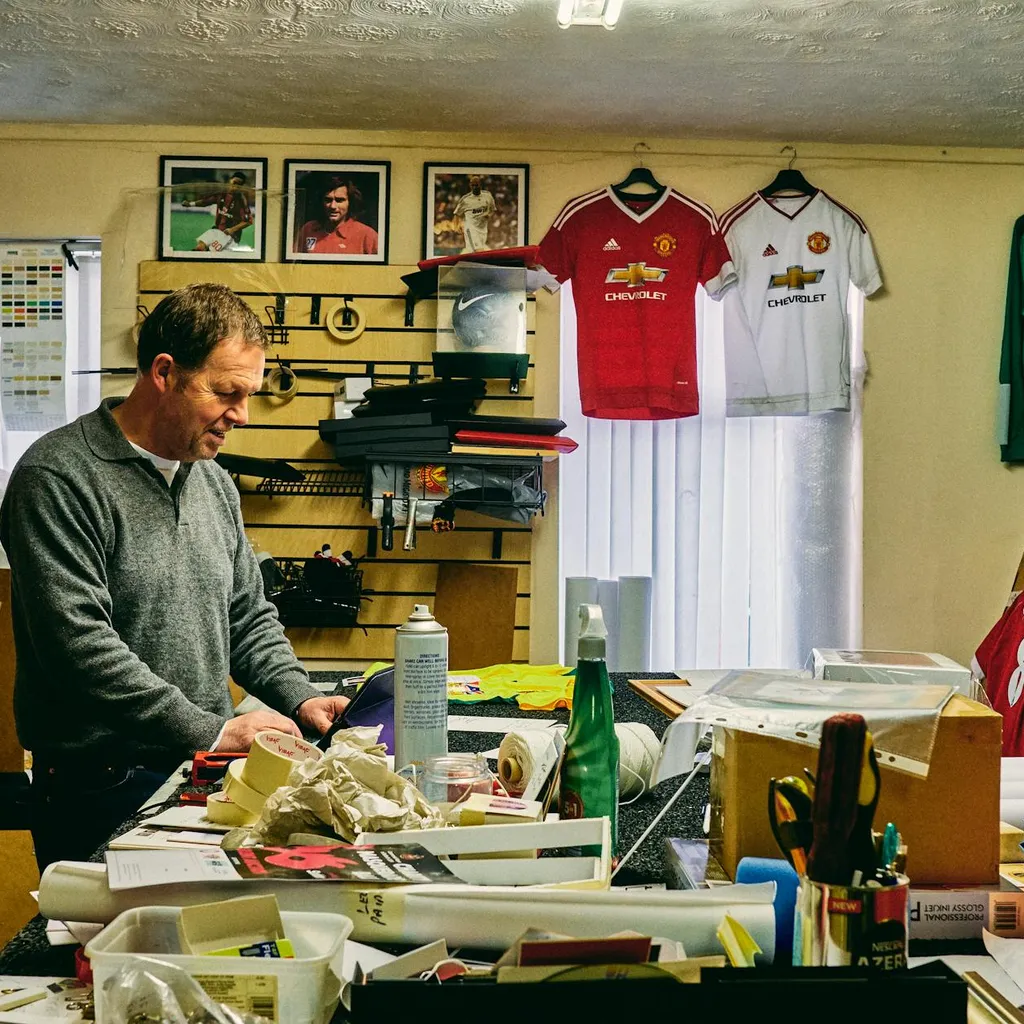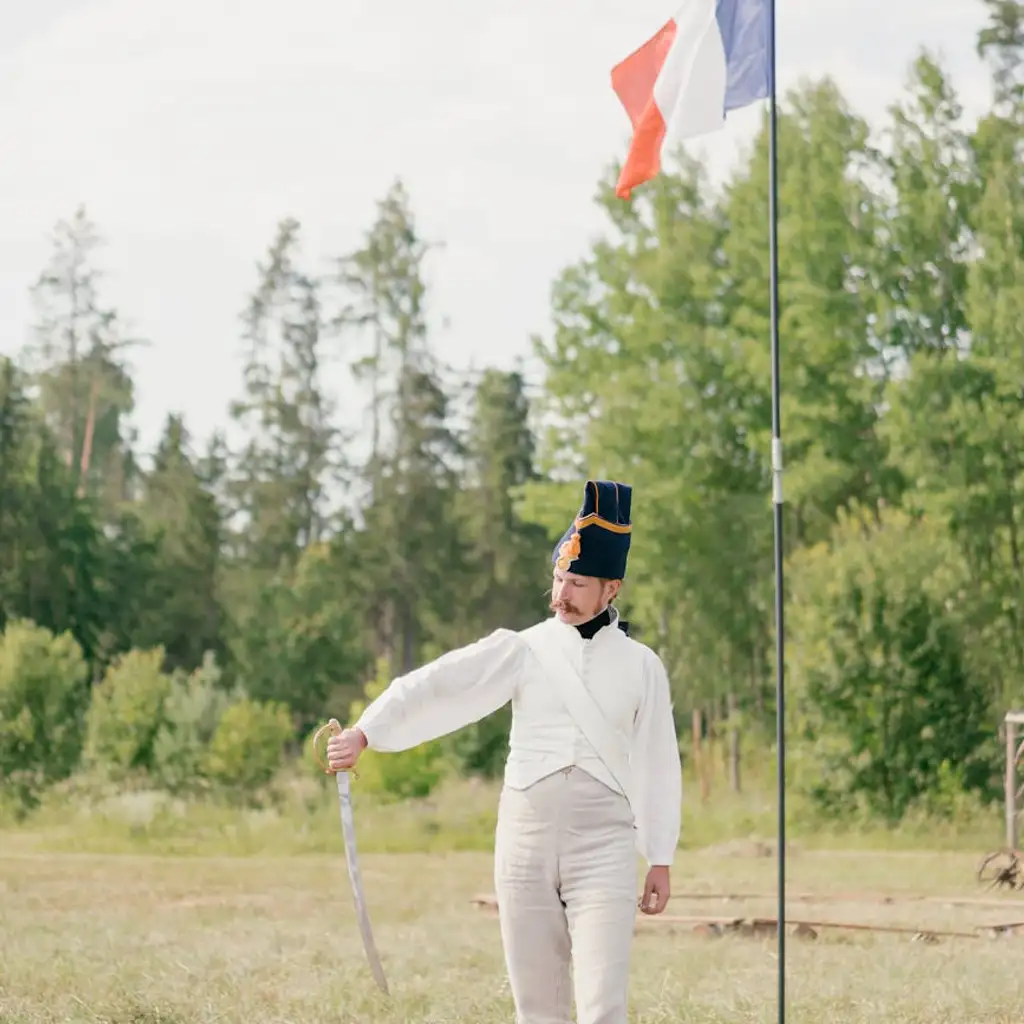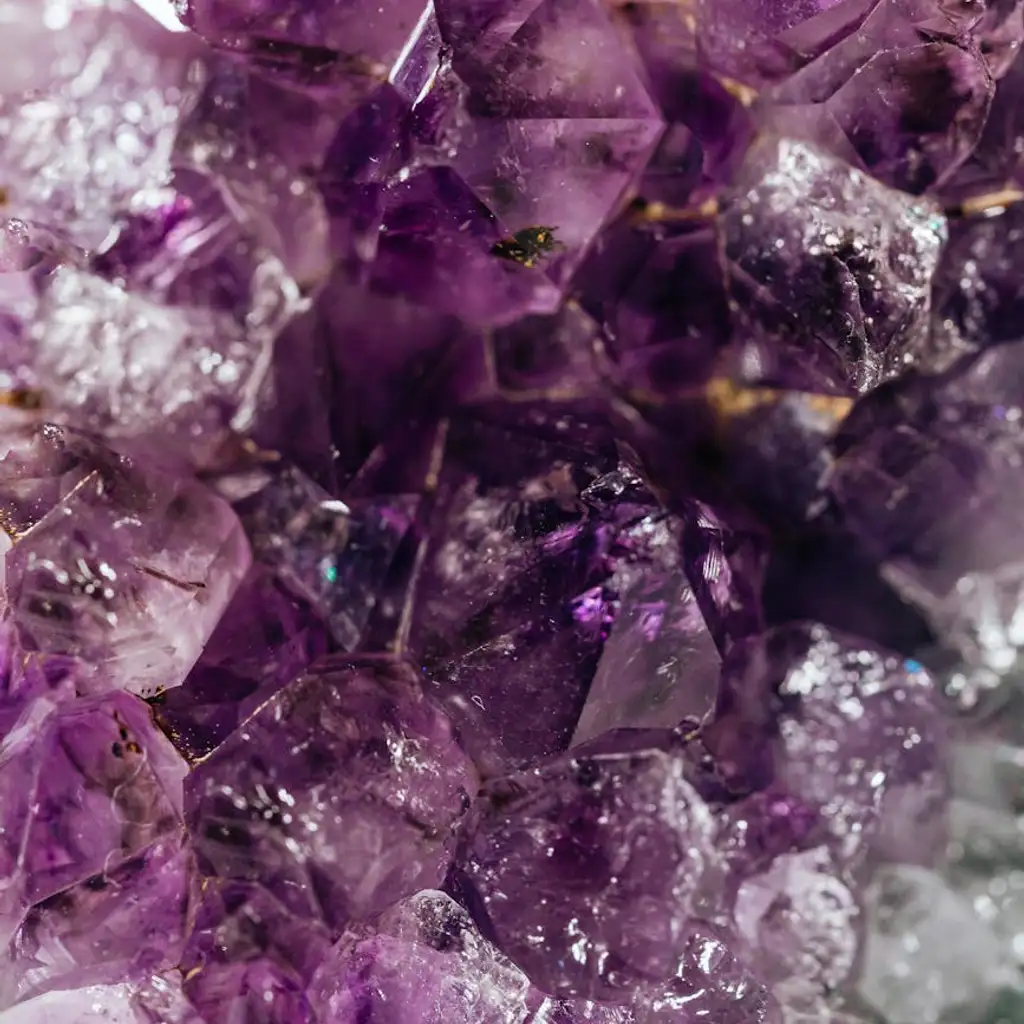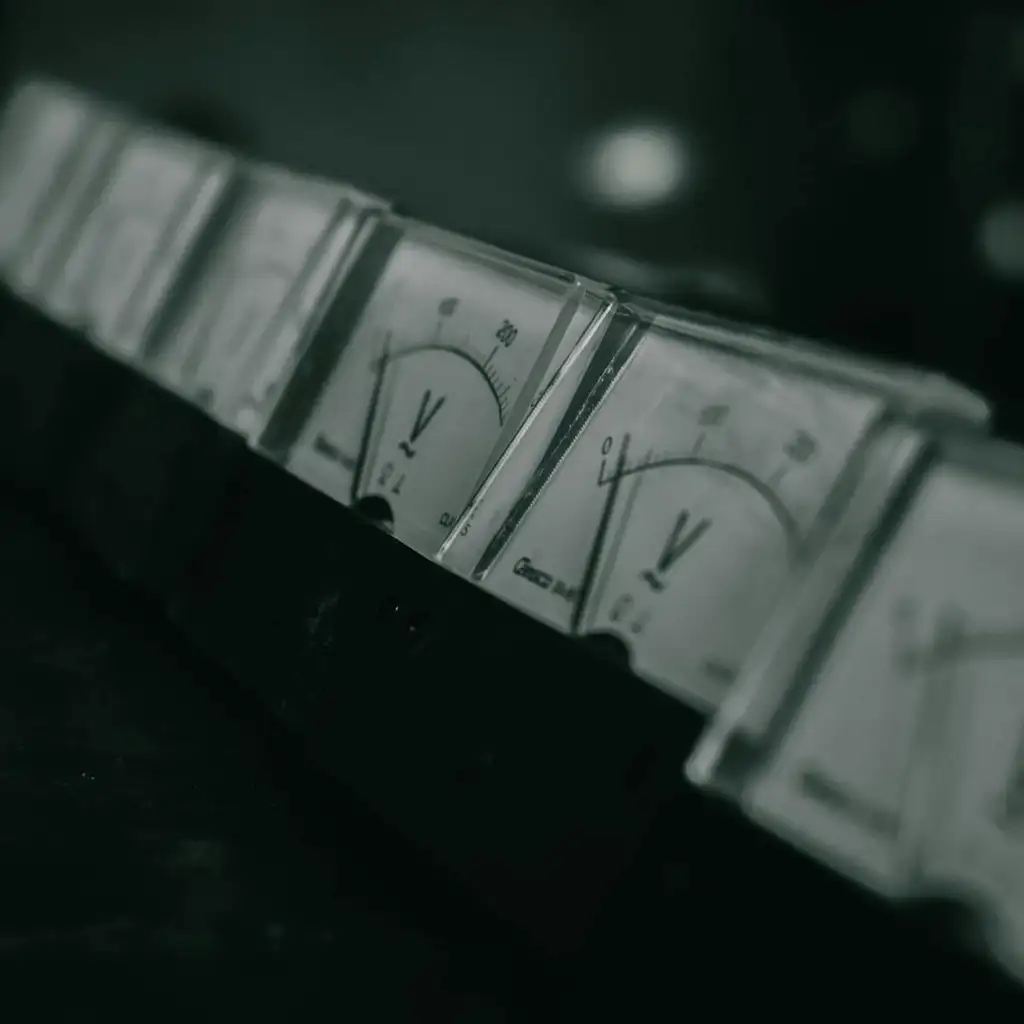Did you know that a significant portion of autographs from baseball’s iconic figures are actually forgeries? This revelation comes as no surprise to Ron Keurajian, an Oxford resident and expert in the field of autograph authentication. “There’s a lot of forgeries out there, especially with the vintage material,” he noted. “Ninety percent of the Ty Cobb, Honus Wagner, Cy Young autographs out there are forgeries.”
Since the early 1980s, Keurajian has dedicated himself to the collection, study, and analysis of vintage baseball autographs, both authentic and counterfeit. “Baseball has such a hold on the American psyche. It’s our national pastime,” he explained. “There’s such a need to possess something signed by people like Ty Cobb or Lou Gehrig.”
Between 2001 and 2006, Keurajian contributed numerous articles on vintage autographs to Sports Collectors Digest. He also coedited a sports memorabilia guide in 2003, focusing on vintage autographs from baseball hall of famers and early golf legends. “I’m working on my first book, which I hope to have completed by Christmas,” he shared. “It’s a study of every member of the (baseball) Hall of Fame and their signatures.”
For about three years, Keurajian has been gathering specimens and illustrations, aiming to collect multiple signatures from each player at various stages of their lives. He’s now down to probably seven or eight names, some of which he admitted he’s never going to find, like pitcher Rube Waddell, who played from 1897 to 1910 and was elected to the Hall of Fame in 1946. No known examples of Waddell’s signature exist, making it “impossible to complete a hall of fame set,” Keurajian said.
Discovering a Passion for Autographs
Keurajian’s interest in vintage autographs was ignited in 1982 after meeting former Detroit Tiger Hall of Famer Charlie Gehringer. “He’s generally considered one of the five greatest second basemen ever,” Keurajian remarked. “He used to live down the road from me in Southfield.” Keurajian contacted Gehringer for a high school report, leading to a face-to-face meeting where Gehringer gifted him signed picture postcards, sparking Keurajian’s passion for collecting.
Collecting autographs is about preserving history and owning something once handled by a legendary figure. “You’re holding something that was actually touched by them, and that’s very powerful – that’s something you want to possess,” Keurajian explained. Vintage baseball autographs come in many forms, from canceled bank checks and photographs to letters and gum cards. “The single signed baseball in good condition is the most desirable of any medium,” said Keurajian, noting the difficulty in storing them.
The Rise and Fall of a Collection
At one point, Keurajian amassed a large collection of autographs. “When I started collecting back in the early 1980s, stuff was worthless,” he explained. “You could pick up a baseball signed by Ty Cobb or Babe Ruth for $50 to $100.” Today, that same baseball sells for $50,000 to $100,000 if the ball is a “museum-grade specimen,” meaning it’s a “cream white ball with a nice bold signature.”
The soaring values forced Keurajian to store his collection in a safety deposit box. “The problem with this stuff is it gets so valuable, you can’t really enjoy it,” he said. “I was seeing my collection one or two times a year. That’s not a collection anymore.” Consequently, Keurajian sold most of it but retained a few specimens. He said “probably the only piece of consequence” he has left is a 1924 baseball signed by Ty Cobb and Babe Ruth at Navin Field in Detroit.
Spotting Forgeries in the Market
Nowadays, Keurajian focuses more on research, collecting information – such as examples of autographs whether scanned or photocopied – and writing about it. “I’d say I probably have 10,000-15,000 illustrations in my files,” he said. Keurajian’s focus is on the physical construction of the autograph, known types of forgeries in the market, counterfeit documents, and how to spot forged signatures as opposed to genuine ones. “A signature’s like a fingerprint – no two people in the world have the same handwriting,” he said. “No forger can copy handwriting perfectly.”
“If you have somebody that’s really good with autographs that understands handwriting, they can spot even the best forgery,” Keurajian noted. “I’ve seen thousands of Ty Cobb autographs, so with a Cobb signature, you can just put it in front of me and bang, in a second, I know whether it’s either real or not.” When it comes to well-known legends like Cobb and Ruth, Keurajian said, “Nine out of every 10 signatures you see for sale of those guys are fake.”
The Problem with Authentication Companies
The biggest issue in vintage autograph collecting is the so-called authentication companies who supposedly examine signatures and issue certificates of authenticity for forgeries. “Even if it comes with a certificate of authenticity, chances are they’re still fake,” Keurajian said. “There are no good authentication companies in the market today that know what they’re doing. Certificates of authenticity carry about as much weight as the Hitler-Chamberlain peace accord of 1938.”
He’s seen big items sell for between $50,000 and $150,000, which “are nothing but high-quality forgeries that have been wrongly certified.” It’s the people who don’t know much but want to invest in vintage autographs that are getting “burned” by these so-called authentication companies, Keurajian said. “A lot of big money’s being paid for forgeries by unsuspecting collectors,” he explained. “It’s really become a problem.”
